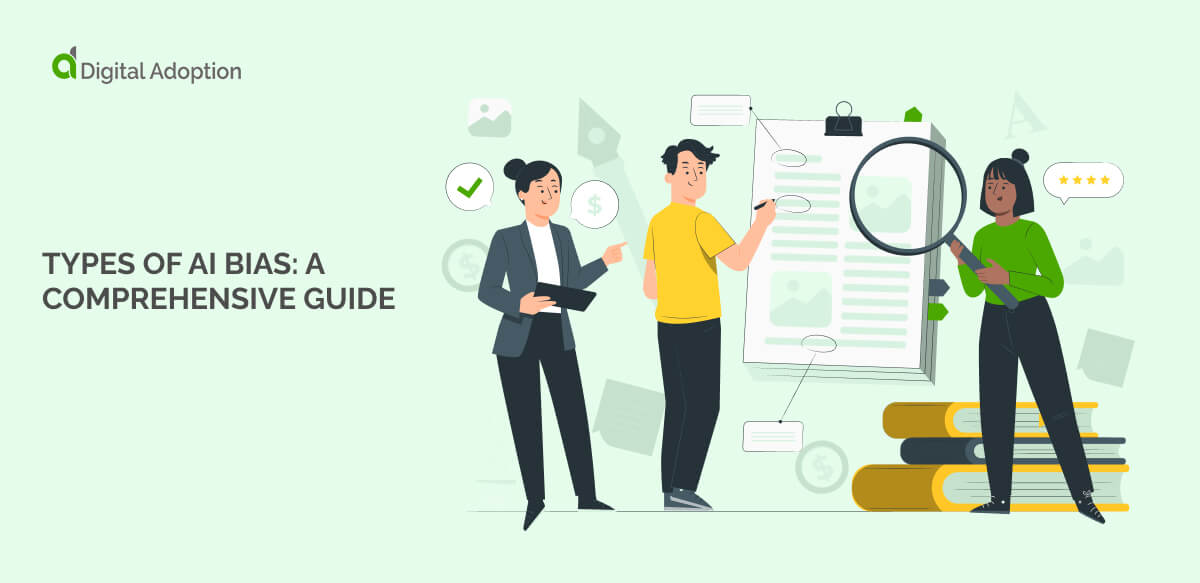Digital literacy use cases
Digital literacy is important for businesses. For example, a marketing manager might analyze customer data to improve marketing.
A software team uses tools like Slack and Asana to collaborate, even if they are remote or hybrid workers.
At a bank, employees learn to recognize fake emails and create strong passwords to keep information safe.
Understanding how digital literacy is used in the workplace can be challenging, so let’s examine these examples in more detail.
Data-driven decision making
Scenario
A marketing manager at a retail company wants to understand how their customers behave on the brand website.
Method
They get information from analytics tools and e-commerce platforms. Understanding the data allows them to find patterns and learn what customers prefer.
Outcome
Using a data-driven approach allows the manager to target advertising better. This results in more customers responding to the campaigns and more sales.
Efficient remote collaboration
Scenario
A project team at a software development company wants to work together on projects using digital tools.
Method
Team members share files using Microsoft SharePoint, message each other, and have video meetings using Slack. They can also manage project timelines using Asana, a project management tool.
Outcome
The team can communicate with little effort, see updates as they happen, and complete projects easily despite not being in the same location.
Cybersecurity awareness and practices
Scenario
An employee at a financial services firm wants to improve cybersecurity awareness.
Method
They show their digital literacy in several ways. They recognize a phishing attack, create strong passwords, and use two-factor authentication to log in.
Outcome
Because the employees have been attentive, they protect important information. They also stop any attacks that hackers could make.




